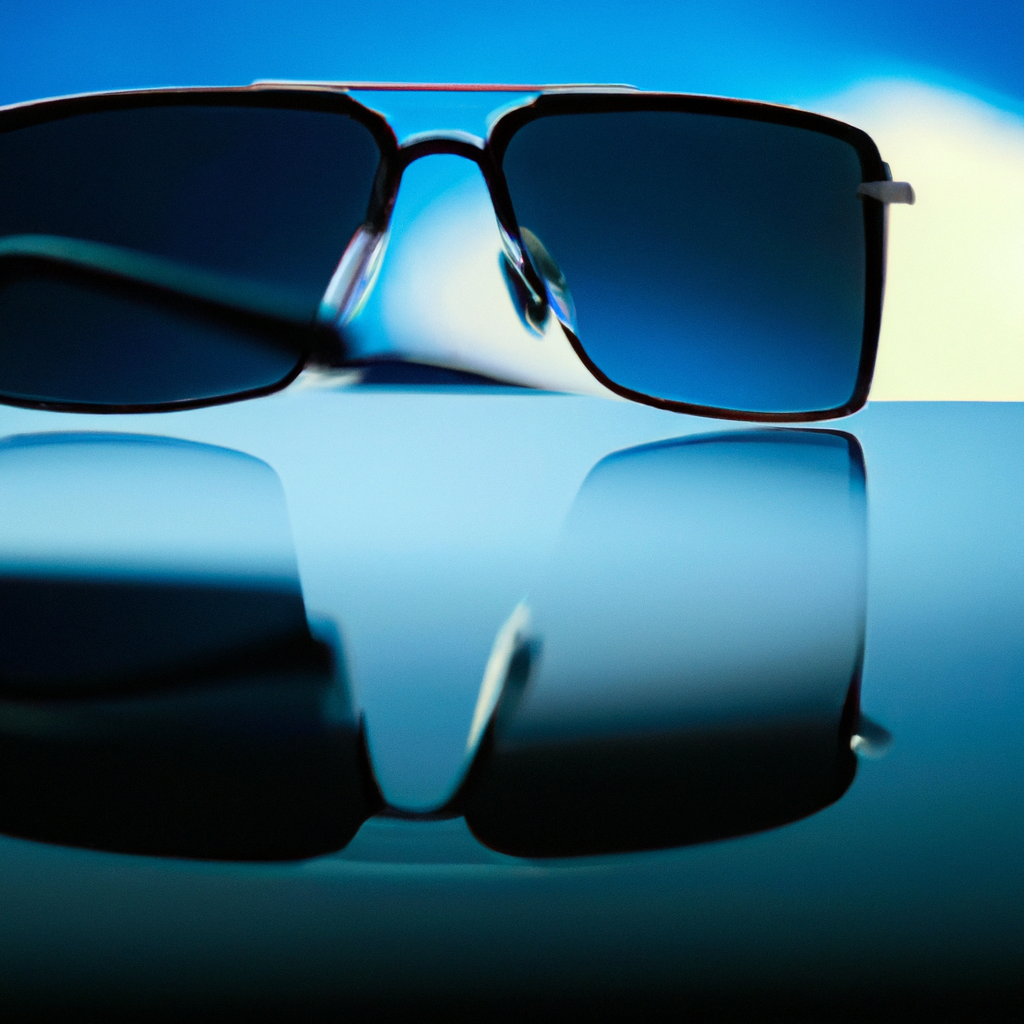Sunglasses are trendy accessories that are commonly worn to keep the eyes safe from the sun’s harmful UV rays. The sun emits two types of ultraviolet rays, namely UVA and UVB, which can cause long-term damage to the eyes, including cataracts, macular degeneration, and even skin cancer around the eyelids. Therefore, it’s essential to choose sunglasses that provide adequate protection against UV rays. In this article, we’ll explore how sunglasses block UV rays to keep your eyes safe while also enhancing your style.
UV Rays and Eye Protection
UV rays are invisible rays of the sun that can damage the eyes’ delicate tissues, including the cornea, lens, and retina. UVA rays have a longer wavelength and can penetrate deeper into the skin, while UVB rays have a shorter wavelength and are absorbed mostly by the cornea and lens. Prolonged exposure to UV rays can cause a range of eye problems, including cataracts, macular degeneration, and skin cancer around the eyes. Therefore, wearing sunglasses that provide UV protection is crucial to maintaining good eye health.
How Sunglasses Block UV Rays
Sunglasses block UV rays by using special lenses that absorb or reflect the harmful rays. The lenses can be made of glass, plastic, or polycarbonate, and they can be tinted in various colors, depending on the degree of protection required. Here’s how sunglasses block UV rays:
1. UV Protection Coating
Many sunglasses have a special coating that blocks UV rays. The coating absorbs the UV rays, preventing them from reaching the eyes. This coating is often applied to the lens surface, ensuring that there’s no direct contact between the UV rays and the eyes.
2. Polarized Lenses
Polarized lenses are another popular option for blocking UV rays. These lenses contain a special filter that blocks reflected light, reducing glare and improving visual clarity. Polarized lenses are particularly useful for outdoor activities like fishing, driving, and skiing, where glare can be a significant problem.
3. Lens Color
The color of the lens can also affect how well sunglasses block UV rays. Darker lenses, like gray or green, are ideal for bright, sunny conditions as they reduce the amount of light entering the eyes. Yellow or amber lenses are better for low-light conditions, as they enhance contrast and depth perception.
4. Wrapping Frames
Sunglasses with wrapping frames provide additional protection against UV rays by blocking sunlight from entering the eyes from the sides. These frames are particularly useful for people who spend a lot of time outdoors, as they provide more complete coverage for the eyes.
5. Size and Fit
The size and fit of sunglasses are also crucial factors in blocking UV rays. Sunglasses that are too small or too loose can allow UV rays to enter the eyes from the sides or top. Therefore, it’s essential to choose sunglasses that fit snugly and cover the eyes completely.
Conclusion
Sunglasses are not just fashionable accessories; they are essential for protecting your eyes from harmful UV rays. By using special lenses, coatings, and frames, sunglasses can block UV rays and keep your eyes safe from long-term damage. When choosing sunglasses, look for those that provide adequate UV protection, polarized lenses, and a comfortable fit. With the right sunglasses, you can enjoy the outdoors while keeping your eyes safe and looking stylish.







